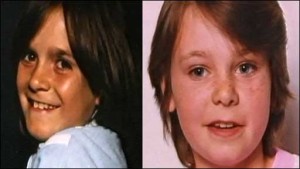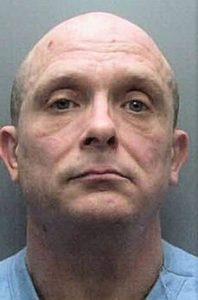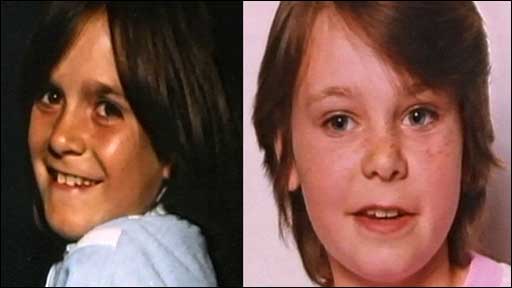The father of one of two nine-year-old girls killed in Brighton in 1986 was complicit in the sexual abuse of his daughter, a jury at the Old Bailey was told this morning (Tuesday 30 October).
Barrie Fellows – the father of Nicola Fellows – was accused of making comments far more incriminating than the defendant in the case, Russell Bishop.
And Mr Fellows had no alibi, according to defence counsel Joel Bennathan, but had carried a guilty secret for 32 years.
Unlike Bishop, he could have ordered his daughter to Wild Park, near their home in Moulsecoomb, Mr Bennathan said.
He suggested that Mr Fellows – who has not been charged and is not on trial – had the motivation to prevent Nicola from speaking about being abused.
And he said: “The police and prosecution have spent 32 years building a case against the wrong man.”
Bishop, 52, denies the murder of Nicola Fellows and Karen Hadaway in October 1986. He is standing trial at the Central Criminal Court, known as the Old Bailey, in London.
Mr Bennathan said: “There are perhaps three main planks to the case that the prosecution relies on … the 1990 conviction, the science – the fibres, the paint and, above all, the DNA – and the differing accounts and odd comments by Russell Bishop, the defendant.”
He said that the 1990 offences were “awful offences that the defendant is not on trial for – there is a danger of that”.
He said: “There is a danger of being so appalled by the 1990 offences that this Russell Bishop does not get a fair trial.
”Of course, there are some awful similarities but also some important differences.
”Our only point to make at this stage is, yes, it’s awful but first, wait and see where we end up on the similarities and the differences.
“Second, as the prosecution agree, that it is not enough by itself so you need to be careful when you look at the other issues that you keep an open mind.

“The science of the fibres, the paint, the DNA … There is detailed and complex scientific evidence for you to consider.
“I will not take up hours of your time, at this stage, going through each type and each finding but there are two broad points we will seek to explore before the end of the prosecution case.
“The first is contamination. The science that now surrounds DNA evidence is mind-boggingly sensitive. Today extreme precautions are taken to try to stop police officers or scientists moving traces from one exhibit to another. But in 1986?
“The second thing is he was there. Russell Bishop was in the area before the girls went missing and was one of the first on the scene.
“He told police at the time that he touched the girls to see if they were alive. He gave a different account later. If that first accent is true, it would be very significant when we come to look at the DNA evidence.
“Mr Bishop changed his account about touching the girls. We will also seek to explore whether other people also changed their accounts.
“Is there another suspect?
“Only one person is on trial here – Russell Bishop – but the law allows a defendant to point out facts to the jury that might suggest the possibility that another person exists who might have carried out the offence.

“Then the jury can have that in mind when they consider if they are sure or not sure of the case against the defendant.
“We will ask questions of witnesses to show that at the same time as the girls have gone missing there is someone very close to them who has no alibi.
“That same someone makes comments after the killings that are far more incriminating than the things Russell Bishop said.
“That someone who might actually – unlike Russell Bishop – have been able to order Nicola Fellows to meet him in Wild Park
“And someone who has a guilty secret – that he has been complicit in the sexual abuse of Nicola Fellows, who shows an interest in paedophilic sex, and in the end might mean he cannot let Nicola Fellows tell the world what has been happening to her.
“That person, I am afraid, is her father Barrie Fellows.
“Barrie Fellows is not on trial here. No one can ask you to find him guilty or not guilty.
“But once we have looked at the facts surrounding him, we will suggest to you that those facts, when you look at them coolly and calmly – as you must – should lead you to accept that the police and prosecution have spent 32 years building a case against the wrong man.
“None of what I say is evidence. That will come next. But we hope that by setting out some of the things we will be asking about, it helps you to understand what we say is important.”
The trial continues.









